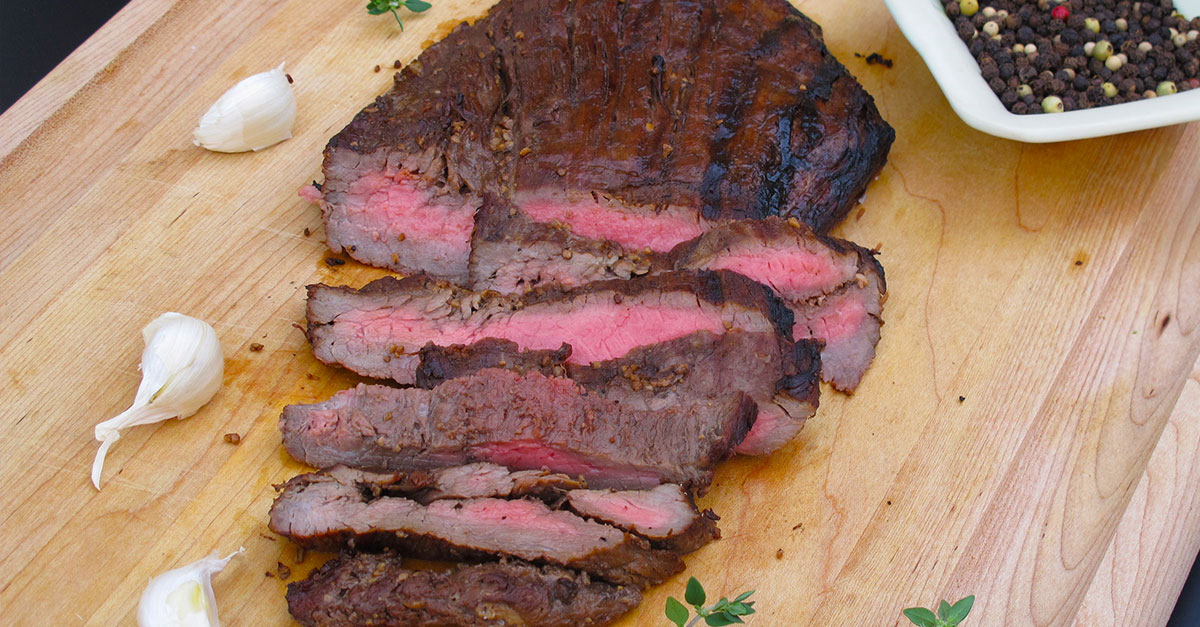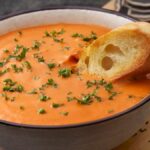Embrace the vibrant hues and fresh flavors of spring with a collection of delightful dairy-free recipes! This culinary journey explores the season’s bounty, transforming seasonal vegetables, fruits, and herbs into vibrant dishes that are both delicious and healthy. From vibrant salads bursting with color to comforting soups brimming with spring’s aroma, these recipes offer a refreshing alternative for those seeking dairy-free options without compromising on taste or texture. Prepare to be inspired by the simplicity and elegance of spring’s natural ingredients.
We’ll delve into creating stunning dairy-free salads with unique dressings, exploring the versatility of spring vegetables like asparagus in various cooking methods. Discover the magic of spring fruits in both desserts and refreshing smoothies, and learn how to expertly blend herbs to elevate your dairy-free pasta sauces and soups. Each recipe is crafted with detailed instructions and vivid descriptions, ensuring a delightful culinary experience from start to finish. Get ready to savor the essence of spring in every bite!
Spring Fruit Infusions
Spring’s arrival brings a bounty of vibrant fruits, perfect for infusing dairy-free desserts and drinks with refreshing flavors. These fruits offer a delightful contrast to the richer flavors of winter, bringing a lightness and brightness to spring recipes. Their natural sweetness and unique textures make them ideal for creating both simple and sophisticated treats.
Spring Fruits for Dairy-Free Delights
Three spring fruits particularly well-suited for dairy-free culinary creations are strawberries, rhubarb, and raspberries. Strawberries offer a classic sweet and slightly tart profile, their juicy flesh lending itself beautifully to both sweet and savory applications. Rhubarb, with its tangy and intensely flavorful stalks, provides a delightful counterpoint to sweetness, adding depth and complexity. Finally, raspberries contribute a delicate sweetness and a burst of vibrant flavor, their soft texture making them ideal for smoothies and crumbles alike.
Dairy-Free Strawberry Rhubarb Crumble
This recipe combines the sweet-tartness of strawberries with the tangy complexity of rhubarb, creating a delightful spring crumble that’s entirely dairy-free.
Ingredients:
Filling:
4 cups chopped rhubarb
2 cups sliced strawberries
1/2 cup maple syrup
2 tablespoons lemon juice
1 teaspoon ground cinnamon
1/4 teaspoon ground nutmeg
Crumble Topping:
1 cup rolled oats
1/2 cup almond flour
1/4 cup coconut oil, melted
1/4 cup maple syrup
1/4 teaspoon ground cinnamon
Instructions:
- Preheat oven to 375°F (190°C).
- In a large bowl, combine rhubarb, strawberries, maple syrup, lemon juice, cinnamon, and nutmeg. Toss gently to coat.
- In a separate bowl, combine oats, almond flour, melted coconut oil, maple syrup, and cinnamon. Mix until crumbly.
- Pour the fruit mixture into a baking dish. Sprinkle the crumble topping evenly over the fruit.
- Bake for 30-40 minutes, or until the topping is golden brown and the fruit is bubbling.
- Let cool slightly before serving. Enjoy warm or at room temperature.
Visual Description: The finished crumble is a warm, rustic-looking dessert. The golden-brown crumble topping contrasts beautifully with the vibrant red and pink hues of the strawberry-rhubarb filling. The steam rising from the warm crumble adds to its inviting appearance. The texture is a delightful combination of crunchy crumble and soft, juicy fruit.
Dairy-Free Raspberry Coconut Smoothie
This vibrant smoothie harnesses the delicate sweetness of raspberries and the creamy richness of coconut milk for a refreshing and nutritious drink.
Ingredients:
1 cup frozen raspberries
1/2 cup coconut milk (full-fat recommended)
1/4 cup water
1 tablespoon almond butter
1 teaspoon honey or maple syrup (optional)
Instructions:
- Combine all ingredients in a blender.
- Blend until smooth and creamy.
- Add more water if needed to reach desired consistency.
Texture and Color: The resulting smoothie is thick and creamy, with a vibrant pink-red hue from the raspberries. The coconut milk adds a luxurious texture, while the almond butter contributes a subtle nutty flavor and creaminess. The overall texture is smooth and velvety, with small raspberry seeds adding a pleasant textural element.
Spring Herb Combinations

Spring herbs offer a vibrant array of flavors and aromas, perfectly complementing the fresh produce of the season. Their delicate yet distinct notes can elevate dairy-free dishes, adding complexity and depth without relying on traditional dairy-based richness. This section explores five key spring herbs, their flavor profiles, and their ideal pairings in dairy-free cuisine, followed by recipes showcasing their versatility.
Spring Herb Flavor Profiles and Pairings
The following table details the unique characteristics of five popular spring herbs and suggests suitable pairings for dairy-free dishes. Note that these are suggestions; culinary creativity allows for many more combinations.
| Herb | Flavor Profile | Dairy-Free Pairing Suggestions |
|---|---|---|
| Tarragon | Slightly anise-like, with hints of licorice and a subtle peppery note. A distinctly aromatic herb. | Asparagus risotto, creamy lemon pasta (using cashew cream), grilled vegetables. |
| Chives | Mild onion flavor, delicate and grassy. | Potato salad (using vegan mayo), omelets (using chickpea flour), spring vegetable frittatas. |
| Dill | Bright, slightly citrusy, with a hint of fennel. | Salmon patties (using lentils or tofu), cucumber salad, creamy dill sauce (using coconut cream). |
| Parsley | Fresh, grassy, and slightly peppery. | Pasta sauces, soups, stews, tabbouleh (using bulgur). |
| Mint | Cool, refreshing, with a slightly sweet and pungent aroma. | Pea and mint pasta, fruit salads, refreshing summer drinks (infused water or lemonade). |
Dairy-Free Pasta Sauce Recipes
Below are two dairy-free pasta sauce recipes, each showcasing a unique spring herb combination. The vibrant colors and aromatic qualities of these sauces are visually and aromatically appealing.
Creamy Tarragon and Chive Pasta Sauce
This sauce offers a delicate balance of anise and onion notes, creating a sophisticated yet comforting flavor. The pale green hue, punctuated by flecks of fresh herbs, is visually appealing.
- Sauté 1 shallot (finely chopped) in 2 tablespoons of olive oil until translucent.
- Add 1 cup of vegetable broth and bring to a simmer.
- Stir in 1/2 cup of raw cashews (soaked in hot water for at least 30 minutes), 2 tablespoons of nutritional yeast, 2 tablespoons of lemon juice, 1/4 cup of chopped fresh tarragon, and 2 tablespoons of chopped fresh chives.
- Blend until smooth and creamy using an immersion blender or regular blender.
- Season with salt and pepper to taste.
- Toss with your favorite pasta and garnish with extra fresh herbs.
Bright Dill and Parsley Pesto
This pesto offers a vibrant green color and a zesty, herbaceous flavor profile. The contrasting textures of the herbs and nuts provide an interesting mouthfeel.
- Combine 2 cups of packed fresh dill, 1 cup of packed fresh parsley, 1/2 cup of raw walnuts, 1/4 cup of nutritional yeast, 2 cloves of garlic, 1/4 cup of olive oil, and the juice of 1 lemon in a food processor.
- Process until a smooth paste forms, adding more olive oil if needed to reach desired consistency.
- Season with salt and pepper to taste.
- Toss with your favorite pasta and garnish with extra fresh herbs and a drizzle of olive oil.
This collection of spring-inspired dairy-free recipes proves that healthy eating doesn’t mean sacrificing flavor or visual appeal. By embracing the season’s freshest ingredients and innovative cooking techniques, we’ve showcased the potential for creating vibrant, delicious, and completely dairy-free meals. From the bright greens of spring salads to the warm, comforting embrace of spring soups, these recipes are a testament to the versatility and deliciousness of plant-based cuisine. We hope these recipes inspire you to explore the endless possibilities of dairy-free cooking and to fully savor the delightful tastes of spring.
Key Questions Answered
Can I substitute ingredients in these recipes?
Yes, many substitutions are possible depending on dietary needs and preferences. However, be mindful that substitutions may alter the final flavor and texture. Experiment cautiously and refer to online resources for suitable alternatives.
How long can I store these prepared dishes?
Storage times vary depending on the recipe. Generally, salads should be consumed within a day or two, while soups and other dishes may last longer if properly refrigerated in airtight containers. Always check for any signs of spoilage before consuming.
Are these recipes suitable for freezing?
Some recipes freeze well, while others do not. Soups and crumbles generally freeze well, but salads and smoothies are best enjoyed fresh. Check individual recipes for freezing instructions.


